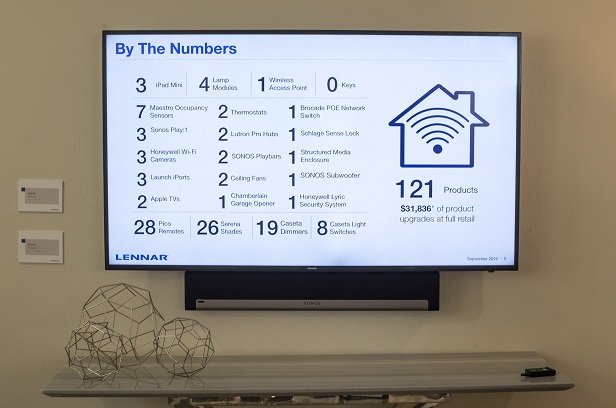
A homeowner rolls out of bed in the morning, and the kitchen light and coffeemaker have turned themselves on already. The heat has been driving out the overnight chill for ten minutes. She uses the last drop of milk, and the refrigerator updates her grocery list.
As she drives away, she forgets to close the garage. But not to worry — it closes automatically.
The security system arms itself when she's a quarter mile away from home. Sensors watch for leaks and other potential mishaps. Later in the day, the house prepares for her return: lights, heat, and any devices that are part of the evening routine.
Recommended For You
Want to continue reading?
Become a Free PropertyCasualty360 Digital Reader
Your access to unlimited PropertyCasualty360 content isn’t changing.
Once you are an ALM digital member, you’ll receive:
- Breaking insurance news and analysis, on-site and via our newsletters and custom alerts
- Weekly Insurance Speak podcast featuring exclusive interviews with industry leaders
- Educational webcasts, white papers, and ebooks from industry thought leaders
- Critical converage of the employee benefits and financial advisory markets on our other ALM sites, BenefitsPRO and ThinkAdvisor
Already have an account? Sign In Now
© 2025 ALM Global, LLC, All Rights Reserved. Request academic re-use from www.copyright.com. All other uses, submit a request to [email protected]. For more information visit Asset & Logo Licensing.








